Human Population is increasing on earth. According to the UN, it is expected to reach 9.7 billion by 2050. High population will increase the demand for food. But the Fertile land on earth is limited. Therefore the only way to feed a large population is by increasing productivity. Agriculture productivity can be increased by using the latest technologies and smart farming. Similar to Industry 4.0, Agriculture is witnessing the “Third Green Revolution” .
What is Smart Farming?
In smart Farms we can track and monitor crop growth, analyze soil and automate farming operations. Smart Farming utilizes following technologies to increase agricultural productivity and improve quality.
- Internet of Things
- Big Data
- Machine Learning
- Artificial Intelligence
- Drones
- Autonomous Robots
- Sensors
- Weather Data
Green Revolution : How Agriculture is Evolving ?
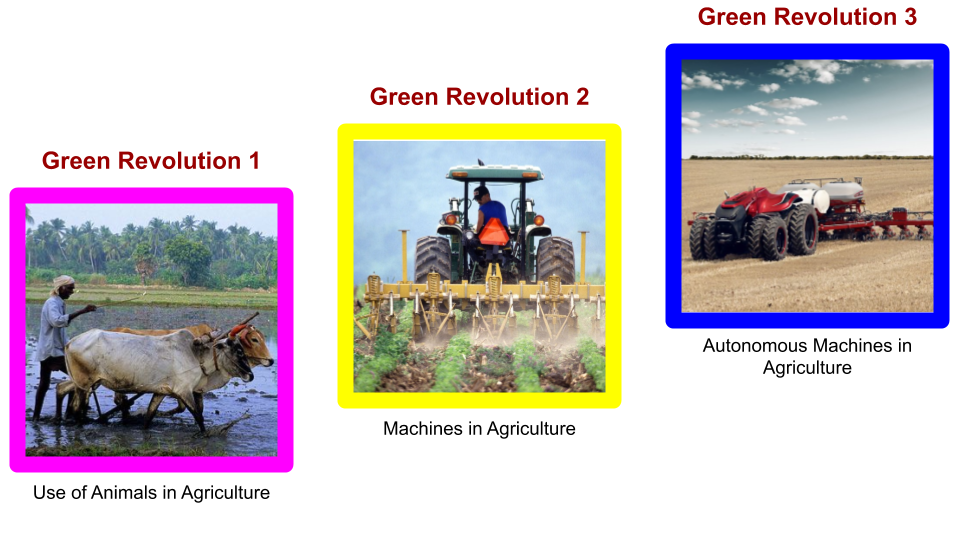
Smart Farming Driving Technologies
Here are the key technologies to smart farming and driving the third agricultural revolution.
- Sensing Technologies
- IoT and Communication
- Weather Forecasting
- Drones in Agriculture.
- Data Analytics
- Autonomous Robots
- Mobile Apps for Agriculture
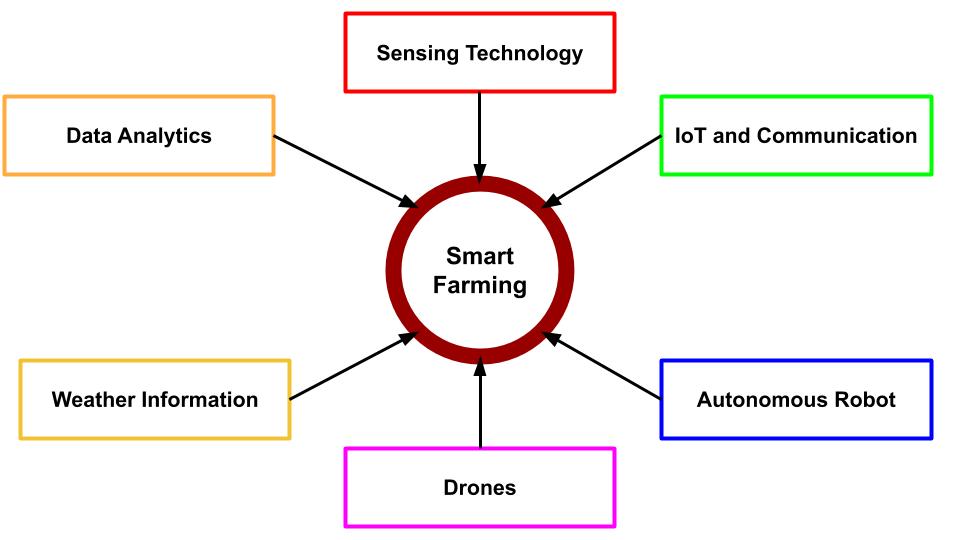
Sensing Technology for Smart Farming
First Step in smart farming is to record existing agriculture data. Various sensors are used in the field to monitor soil and crop quality. Sensor data is analysed and used to provide insights to farmers. Following sensors are used in smart farms.
- Soil Moisture Sensors.
- Soil Temperature
- Air Temperature
- Camera
IoT and Communication in Smart Farming
Internet of Things is key to smart farming. Following communication technologies are used in smart farms to send real time sensor data to cloud. This data is used by machine learning algorithms to provide insight to users.
- NBIoT
- LoRa
- GPRS etc
Weather Information
Satellites in earth orbit provide weather prediction. Weather prediction data is used in smart farming to provide insight to farmers.
Drones in Agriculture
Drones equipped with cameras, sensors and other equipment are used in large fields to aid farmers. Drones have following applications in agriculture:
- Monitoring crop health
- Assessing Soil Quality
- Field Mapping
- Planting and Seeding
- Spraying Pesticides
Data Analysis for Smart Farming
Sensor data and weather information is analysed by machine learning algorithms. It is used to provide the following insight to farmers.
- Best Seasonal crop for your fields
- Best seeding and Planting time.
- Identify areas where crop maintenance is required.
- Best time to harvest and seeding crops.
- Crop and Field Management
Autonomous Robots in Agriculture
Agriculture work is labor intensive. It involves various manual tasks such as ploughing fields, planting, watering, sorting etc. But now it is changing. Autonomous robots are replacing humans. Autonomous robots are used to perform the following tasks.
- Ploughing Field.
- Seeding and planting.
- Spraying pesticide and maintaining crops.
- Harvesting and Sorting.
Mobile Apps for Agriculture
Various mobile applications and softwares are used to provide farming related real time information and insights to users. These software get data from the cloud.
How Smart Farming Works?
Smart farming utilizes the latest technologies to produce quality crops in large quantities. It is not mandatory to utilize all components. Farmers can start with any component.
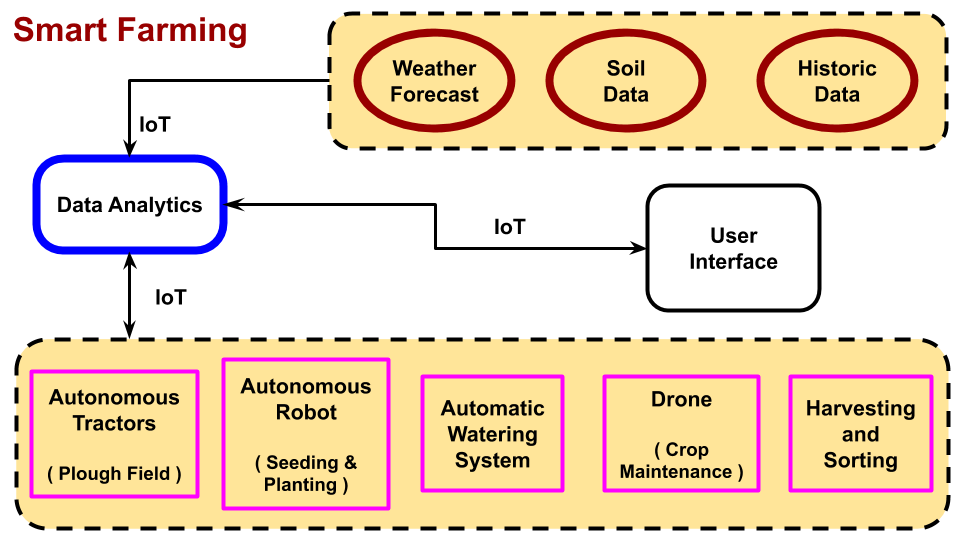
Farmland Sensing and User Insight
First step in Smart agriculture is to get soil information, weather and historical data. This data is sent to the cloud using IoT devices. Following sensors are used in agriculture.
- Soil Humidity Sensor
- Soil EC Tester
- Air Temperature Sensor
This sensor data is used to provide following the insights to Farmer:
- Best Seasonal crop for your Fields.
- Predict Fertilizer Requirements.
- Best seeding / Planting and Harvesting time.
This information is used by farmers to increase productivity, improve agriculture product quality. Which results in increased revenue.
Ploughing Fields using Autonomous Tractors
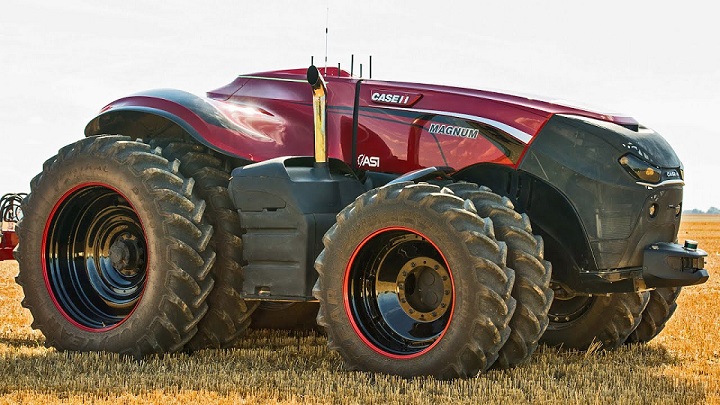
Autonomous tractors are similar to self driving cars. They don’t need drivers. They are capable of ploughing the field without human intervention.
Farmers can send instructions using smart devices. They just follow the instructions.
Autonomous Seeding and Planting Robots
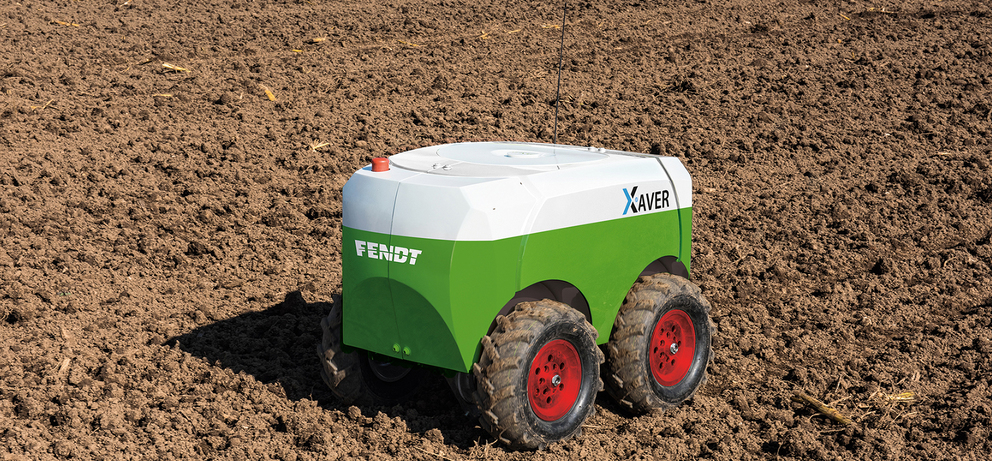
Autonomous seeding and planting robots can plant crops in smart farms without human intervention.
We suggest you read this article for more details on Fendit Seeding Robots.
Automatic Watering System
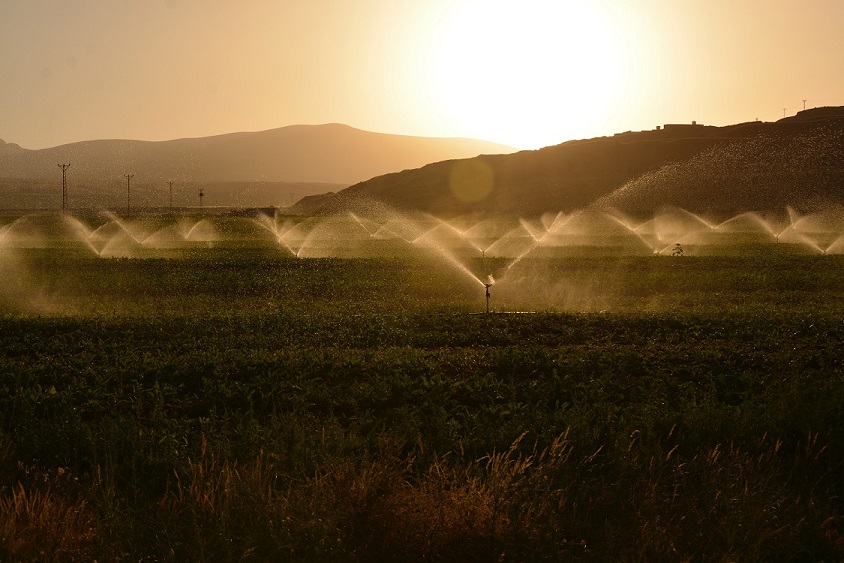
Smart Farms utilizes an automatic watering system for field irrigation. Automatic watering system utilizes existing weather information, soil humidity and other sensor data for sprinkling water in fields.
It offers the advantage of reduction in water wastage and improve crop quality.
Drones for Crop Maintenance
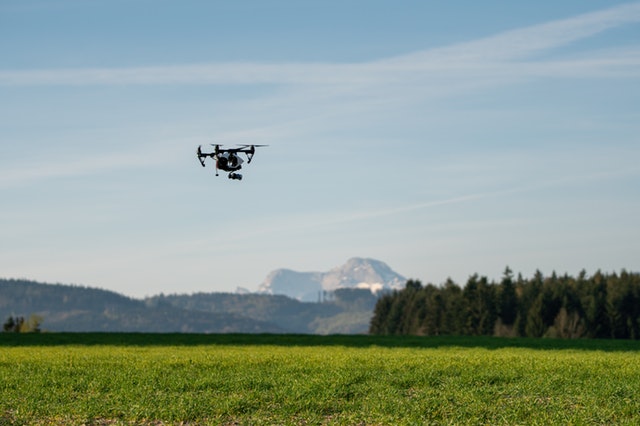
Drones are used in smart farming for crop maintenance. Their applications include:
- Survey Corps (3D Mapping)
- Plant Count
- Spray Pesticides
- Optimize fertilizer usage
Harvesting and Sorting Robot
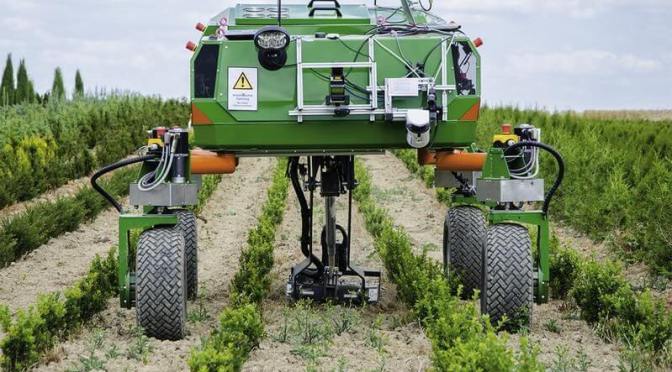
Harvesting and sorting in agriculture involves a lot of manual work. But now robots are capable enough to sort ripe fruits without human intervention.
Various robots are available to perform different harvesting and sorting tasks in agriculture.
To sum up, in smart Farms, farmers can track and monitor crop growth, analyze soil and automate farming operations. Smart farming utilizes the latest technologies such as: IoT, Cloud computing, Drones and robots to automate agriculture processes.
We will keep updating what is smart farming and details on future of the agriculture. Please add your suggestion and questions on future and smart agriculture technologies in the comment box.

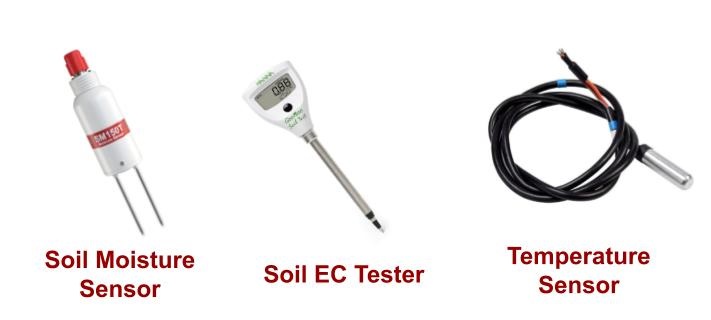
Add a Comment